Innovative delivery of drugs that are already Food & Drug Administration-approved appears to be the way of the future. And, in many cases, the future is already here. While great strides have been made in the development of new drug entities, an often easier way for companies to maintain market share and compete with generics is to utilize newer delivery techniques with older drugs already proven effective. In many cases, the new developments will offer additional advantages such as ease of administration, fewer side effects, and increased patient compliance. Here are a few examples of products in the pipeline with unique formulations.




